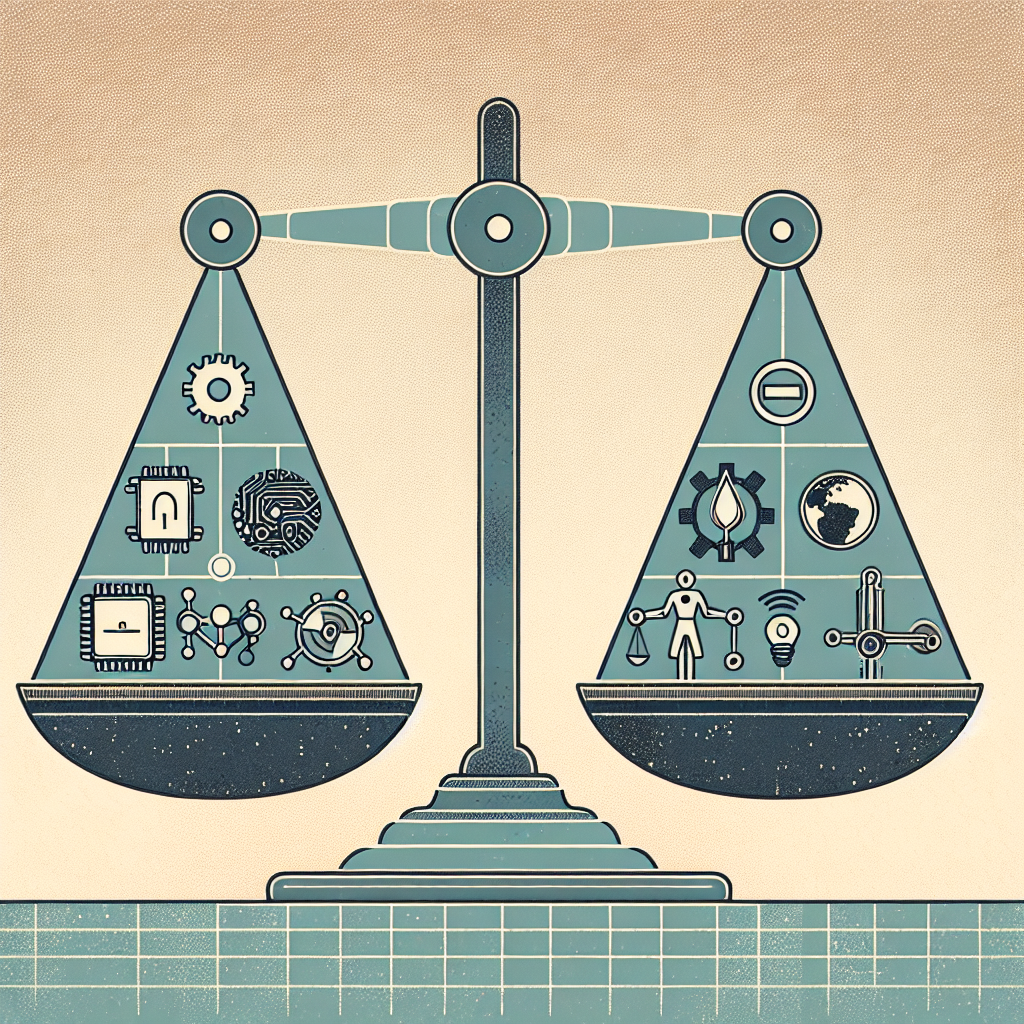In recent years, the intersection of artificial intelligence (AI) and environmental justice has become an increasingly important topic of discussion. AI automation has the potential to play a significant role in addressing environmental issues and promoting justice for marginalized communities. From monitoring air and water quality to predicting and mitigating the impacts of climate change, AI automation has the ability to revolutionize how we approach environmental challenges.
One of the key ways in which AI automation can contribute to environmental justice is through its ability to collect and analyze large amounts of data. This data can be used to identify environmental hazards and assess their impact on communities, particularly those that are already disadvantaged. By gaining a better understanding of the environmental risks faced by different populations, policymakers and advocates can work towards creating more equitable and sustainable solutions.
AI automation can also play a crucial role in monitoring environmental conditions in real-time. For example, sensors and drones equipped with AI technology can be used to track pollution levels, detect illegal dumping, and identify areas that are at risk of natural disasters. This real-time data can help authorities take immediate action to protect communities and the environment, as well as hold polluters accountable for their actions.
Furthermore, AI automation can be used to predict and mitigate the impacts of climate change. By analyzing historical data and combining it with current trends, AI algorithms can forecast how climate change will affect different regions and populations. This information can then be used to develop strategies for adapting to and mitigating the effects of climate change, such as building resilient infrastructure or implementing sustainable land use practices.
In addition to its predictive capabilities, AI automation can also optimize resource allocation and decision-making processes. For example, AI algorithms can help identify the most cost-effective solutions for reducing pollution or improving energy efficiency, allowing policymakers to make informed decisions that benefit both the environment and the community. By streamlining processes and identifying opportunities for improvement, AI automation can help ensure that environmental justice is prioritized in decision-making.
However, as with any technological advancement, there are also challenges and risks associated with the use of AI automation in environmental justice. One concern is the potential for bias in AI algorithms, which can lead to unfair or discriminatory outcomes. For example, if AI systems are trained on data that reflects existing inequalities, they may perpetuate these biases in their decision-making processes. To address this issue, it is important to ensure that AI algorithms are developed and implemented in a transparent and accountable manner, with input from diverse stakeholders.
Another challenge is the potential for job displacement as a result of AI automation. As AI technology becomes more advanced, there is a risk that certain jobs, particularly those that involve manual labor or routine tasks, may be automated, leading to job loss for some communities. To mitigate this risk, it is essential to invest in education and training programs that prepare workers for jobs in the AI-driven economy, as well as to create policies that support workers who are displaced by automation.
Despite these challenges, the potential benefits of AI automation in environmental justice cannot be overstated. By harnessing the power of AI technology, we can gain valuable insights into environmental issues, develop innovative solutions, and promote justice for all communities. With careful planning and collaboration, AI automation has the potential to revolutionize how we address environmental challenges and create a more sustainable and equitable future for all.
FAQs:
1. How can AI automation help address environmental justice issues?
AI automation can help address environmental justice issues by collecting and analyzing large amounts of data to identify environmental hazards and assess their impact on communities. It can also monitor environmental conditions in real-time, predict and mitigate the impacts of climate change, and optimize resource allocation and decision-making processes.
2. What are some of the risks associated with AI automation in environmental justice?
Some of the risks associated with AI automation in environmental justice include bias in AI algorithms, job displacement, and potential negative impacts on marginalized communities. It is important to address these risks through transparency, accountability, and stakeholder engagement.
3. How can we ensure that AI algorithms are unbiased and fair?
To ensure that AI algorithms are unbiased and fair, it is important to train them on diverse and representative data, test them for biases, and implement mechanisms for accountability and transparency. It is also essential to involve diverse stakeholders in the development and implementation of AI systems.
4. How can we prepare workers for job displacement as a result of AI automation?
To prepare workers for job displacement as a result of AI automation, it is important to invest in education and training programs that equip them with the skills needed for jobs in the AI-driven economy. It is also essential to create policies that support workers who are displaced by automation and ensure a just transition to new employment opportunities.

